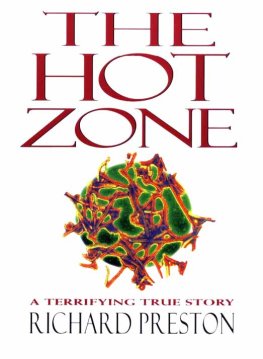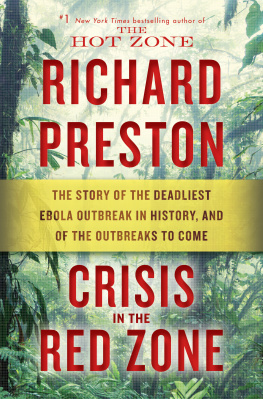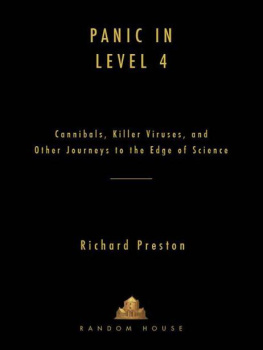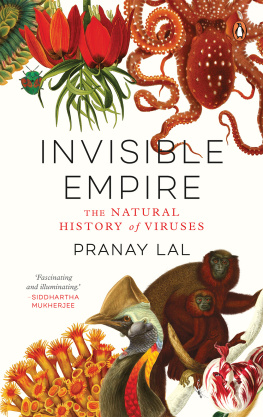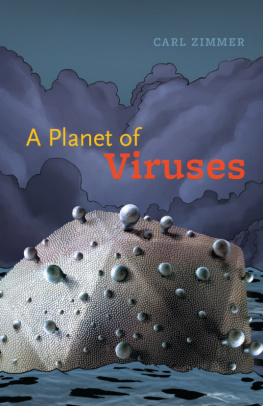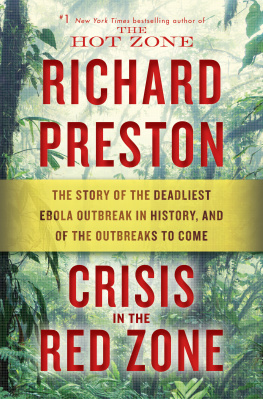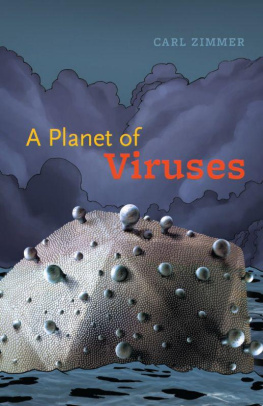Richard Preston
THE HOT ZONE
The second angel poured his bowl into the sea, and it became like the blood of a dead man.
APOCALYPSE
PART ONE
The Shadow of Mount Elgon
Charles Monet was a loner. He was a Frenchman who lived by himself in a little wooden bungalow on the private lands of Nzoia Sugar Factory, a plantation in western Kenya what spread along the Nzoia River within sight of Mount Elgon, a huge, solitary extinct volcano that rises to a height of fourteen thousand feet near the edge of the Rift Valley. Monets history is a little obscure. As with so many expatriates who end up in Africa, it is not clear what brought him there. Perhaps he had been in some kind of trouble in France, or perhaps he had been drawn to Kenya by the beauty of the country. He was an amateur naturalist, fond of birds and animals but not of humanity in general. He was fifty-six years old, of medium height and medium build, with smooth, straight brown hair, a good-looking man. It seems that his only close friends were women who lived in towns around the mountain, yet even they could not recall much about him for the doctors who investigated his death. His job was to take care of the sugar factorys water-pumping machinery, which drew water from the Nzoia River and delivered it to many miles of sugar-cane fields. They say that he spent most of his day inside the pump house by the river, as if it pleased him to watch and listen to machines doing their work.
So often in a case like this, its hard to pin down the details. The doctors remember the clinical signs, because no one who has seen the effects of a Biosafety Level 4 hot agent on a human being can ever forget them, but the effects pile up, one after the other, until they obliterate the person beneath them. The case of Charles Monet emerges in a cold geometry of clinical fact mixed with flashes of horror so brilliant and disturbing that we draw back and blink, as if we are staring into a discolored alien sun.
Monet came into the country in the summer of 1979, around the time that human immunodeficiency virus, or HIV, which causes AIDS, made a final breakout from the rain forest of central Africa and began its long burn through the human race. AIDS had already fallen like a shadow over the population, although no one yet knew it existed. It had been spreading quietly along the Kinshasa Highway, a transcontinental road that wanders across Africa from east to west and passes along the shores of Lake Victoria within sight of Mount Elgon. HIV is a highly lethal but not very infective Biosafety Level 2 agent. It does not travel easily from person to person, and it does not travel through the air. You dont need to wear a biological suit while handling blood infected with HIV.
Monet worked hard in the pump house during the week, and on his weekends and holidays he would visit forested areas near the sugar factory. He would bring food with him, and he would scatter it around and watch while birds and animals ate it. He could sit in perfect stillness while he observed an animal. People who knew him recalled that he was affectionate with wild monkeys, that he had a special way with them. They said that he would sit holding a piece of food while a monkey approached him, and the animal would eat from his hand.
On the evenings, he kept to himself in his bungalow. He had a housekeeper, a woman named Johnnie, who cleaned up and prepared his meals.
He was teaching himself how to identify African birds. A colony of weaverbirds lived in a tree near his house, and he spent time watching them build and maintain their baglike nests. They say that one day near Christmas he carried a sick bird into his house, where it died, perhaps in his hands. The bird may have been a weaverbirdno one knowsand it may have died of a Level 4 virusno one knows. He also had a friendship with a crow. It was a pied crow, a black-and-white bird that people in Africa sometimes make into a pet. This crow was a friendly, intelligent bird that liked to peek on the roof of Monets bungalow and watch his comings and goings. When the crow was hungry, it would land on the veranda and walk indoors, and Monet would feed it scraps of food from his table.
He walked to work every morning through the cane fields, a journey of two miles. That Christmas season, the workers had been burning the fields, and so the fields were scorched and black. To the north across the charred landscape, twenty-five miles away, he could see Mount Elgon. The mountain displayed a constantly changing face of weather and shadow, rain and sun, a spectacle of African light. At dawn, Mount Elgon appeared as a slumped pile of gray ridges receding into haze, culminating in a summit with two peaks, which are opposed lips of the eroded cone. As the sun came up, the mountain turned silvery green, the color of the Mount Elgon rain forest, and as the day progressed clouds appeared and hid the mountain from view. Late in the afternoon, near sunset, the clouds thickened and boiled up into an anvil thunderhead that flickered with silent lightning. The bottom of the cloud was the color of charcoal, and the top of the cloud feathered out against the upper air and glowed a dull orange, illuminated by the setting sun, and above the cloud the sky was deep blue and gleamed with a few tropical stars.
He had a number of women friends who lived in the town of Eldoret, to the southeast of the mountain, where the people are poor and live in shacks made of boards and metal. He gave money to his women friends, and they, in return, were happy to love him. When his Christmas vacation arrived, he formed a plan to go camping on Mount Elgon, and he invited one of the women from Eldoret to accompany him. No one seems to remember her name.
Monet and his friend drove in a Land Rover up the long, straight red-dirt road that leads to Endebess Bluff, a prominent cliff on the eastern side the volcano. The road was volcanic dust, as red as dried blood. They climbed onto the lower skirts of the volcano and went through cornfields and coffee plantations, which gave way to grazing land, and the road passed old, half-ruined English colonial farms hidden behind lines of blue-gum trees. The air grew cool as they went higher, and crested eagles flapped out of cedar trees. Not many tourists visit Mount Elgon, so Monet and his friend were probably the only vehicle on the road, although there would have been crowds of people walking on foot, villagers who cultivate small farms on the lower slopes of the mountain. They approached the frayed outer edge of the Mount Elgon rain forest, passing by fingers and islands of trees, and they passed the Mount Elgon Lodge, an English inn built in the earlier part of century, now falling into disrepair, its walls cracked and its paint peeling off in the sun and rain.
Mount Elgon straddles the border between Uganda and Kenya and is not far from Sudan. The mountain is a biological island of rain forest in the center of Africa, an isolated world rising above dry plains, fifty miles across, blanketed with trees, bamboo, and alpine moor. It is a knob in the backbone of central Africa. The volcano grew up seven to ten million years ago, producing fierce eruptions and explosions of ash, which repeatedly wiped out the forests that grew on its slopes, until it attained a tremendous height. Before Mount Elgon was eroded down, it may have been the highest mountain in Africa, higher than Kilmanjaro is today.
It is still the widest. When the sun rises, it throws the shadow of Mount Elgon westward and deep into Uganda, and when the sun sets, the shadow reaches eastward across Kenya. Within the shadow of Mount Elgon lie villages and cities inhabited by various tribal groups, including the Elgon Masai, a pastoral people who came from the north and settled around the mountain some centuries ago, and who raise cattle. The lower slopes of the mountain are washed with gentle rains, and the air remains cool and fresh all year, and the volcanic soil produces rich crops of corn. The villages form a ring of human settlement around the volcano, and the ring is steadily closing around the forest on its slopes, a noose that is tangling the wild habitat of the mountain. The forest is being cleared away, the trees are being cut down for firewood or to make room for grazing land, and the elephant are vanishing.

